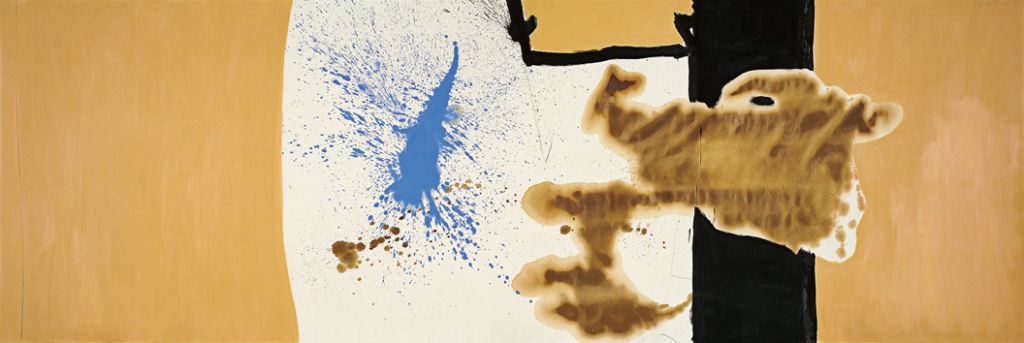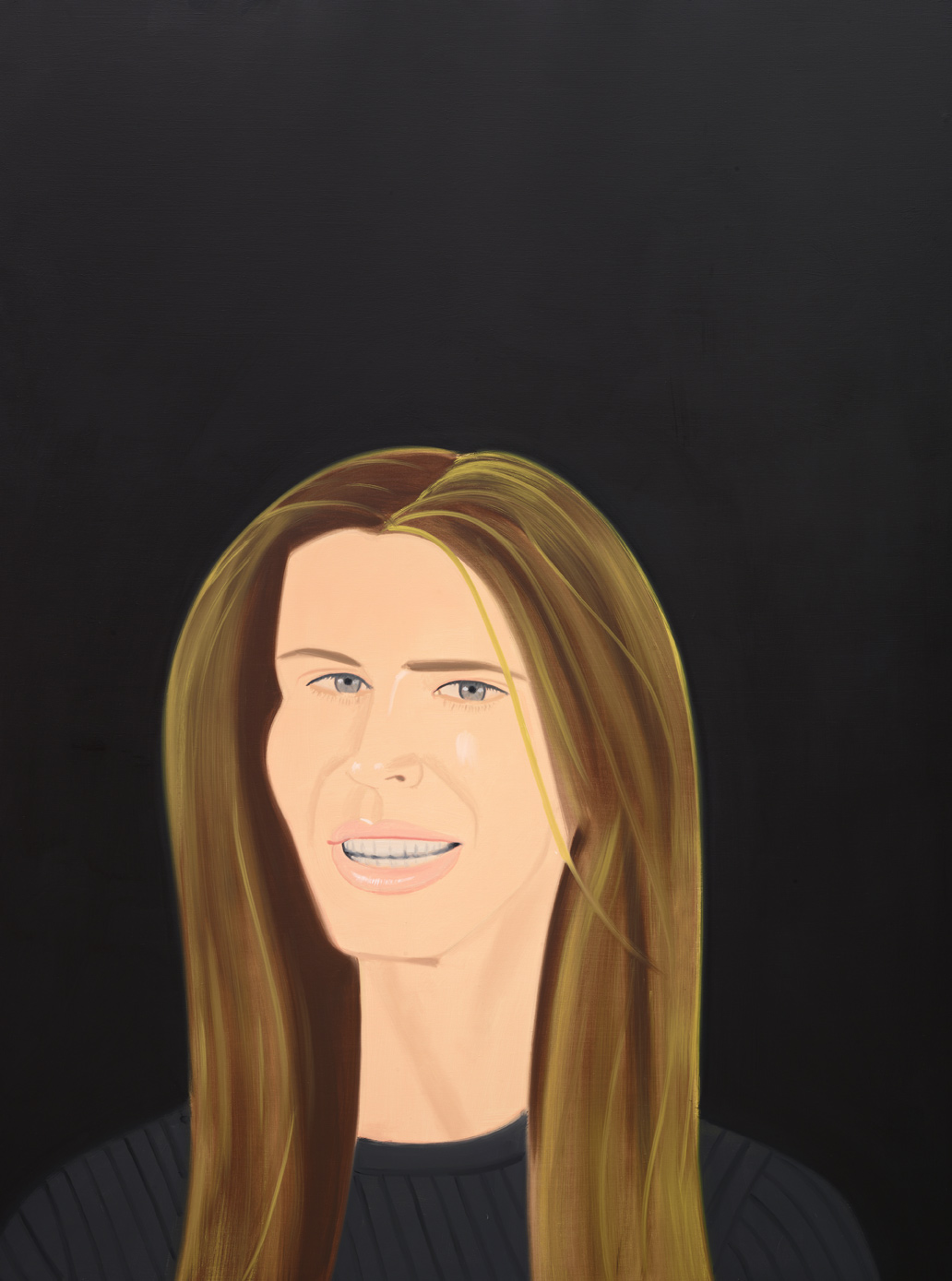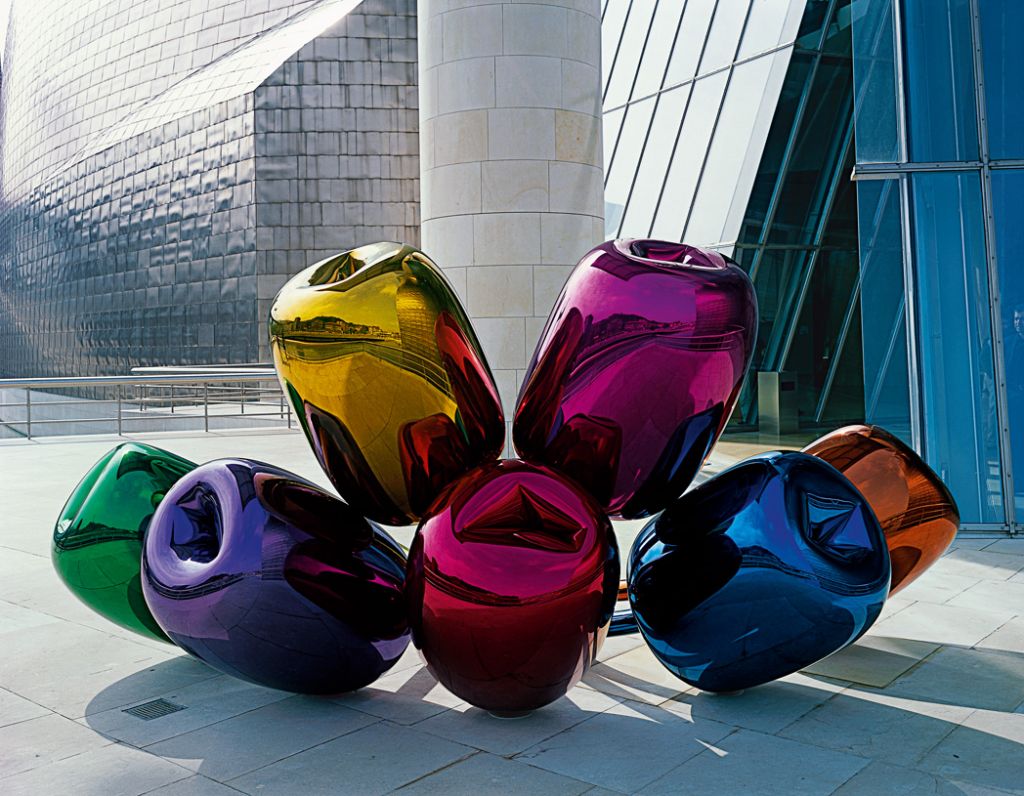Iberia
1958Oil on canvas182.2 x 233.3 x 2.6 cm
Robert Motherwell was among the youngest of the disparate group of American abstract artists that emerged during the 1940s and came to be known as the New York School or the School of New York—a term he was responsible for inventing. Unlike fellow Abstract Expressionists such as Jackson Pollock and Mark Rothko, Motherwell spent his formative years acquiring a university background, studying philosophy—above all aesthetics—before shifting to art history. Through Meyer Schapiro, a distinguished art historian at Columbia University, he was introduced to a number of the European artists who had taken refuge in New York with the outbreak of World War II, particularly Matta and other Surrealists, whose automatist methods had a major influence on him. By 1941 Motherwell had decided to become a full-time artist, and he rapidly gained attention for his collages and abstract paintings in the early to mid-1940s, showing at Peggy Guggenheim's museum/gallery Art of This Century and, by 1946, at the Museum of Modern Art. Motherwell's position in American art history rests not only on his oeuvre as a painter, but also on his prodigious accomplishments as a public intellectual: he served as an important spokesperson for the group of New York artists around him and left behind an extensive body of writings.
Motherwell was only 21 years old when the Spanish Civil War broke out in 1936, but its atrocities made an indelible impression on him, and beginning in 1948 he devoted what is perhaps his best-known series, Elegies to the Spanish Republic, to the theme. The Elegies were not Motherwell's only references to Spain. Among the many such works was the 1958 series Iberia, born with the artist's first visit to Spain that year. Motherwell was well aware of the depredations wrought by the Franco regime even before his visit, but undoubtedly his powers of observation enabled him to feel deeply the gloomy situation that prevailed in the country at that time. The grimness is registered as a black mood that threatens to obliterate everything. In the large Iberia in the Guggenheim Museum Bilbao collection—one of the most severe works in the series—the surface darkness is relieved only by a very small opening at the lower left. Motherwell worked this surface extensively; the weight of its darkness is produced by the many brushstrokes that coalesce and separate and even suggest a kind of infernal chaos. From a distance, the suffocating atmosphere seems impenetrable. Motherwell's daring approach to a highly charged emotional theme is epitomized in this major work.
Source(s):
Dore Ashton. "Robert Motherwell." In Guggenheim Museum Bilbao Collection. Bilbao: Guggenheim Museum Bilbao; Madrid: TF Editores, 2009.
Nancy Spector. "Robert Motherwell." In Spector, ed. Guggenheim Museum Collection: A to Z. 3rd rev. ed. New York: Guggenheim Museum, 2009.
Original title
Iberia
Date
1958
Medium/Materials
Oil on canvas
Dimensions
182.2 x 233.3 x 2.6 cm
Credit line
Guggenheim Bilbao Museoa






